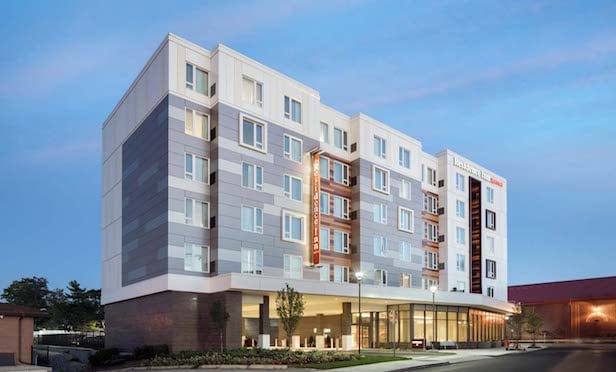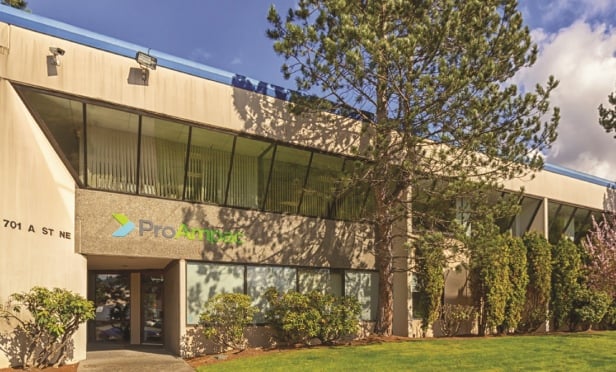NEW YORK CITY—Commercial real estate's current run should continue for another several years, yet a MetLife Real Estate Investors report sees the cycle “aging.” With that comes the potential for increasing risk, even in indicators for which MREI currently rates the risk level as low.
The US real estate cycle is markedly in a sweet spot,” the report states. “Demand is outpacing supply; net operating income growth is near historically high levels; and capital flows could eclipse 2007-peak levels this year.”
However, MSREI also sees “some deterioration in underwriting standards and some evidence of prices moving ahead of fundamentals for certain properties in gateway markets. In our view, recent portfolio trades are also reminiscent of those seen in 2007.” The life company cites the Blackstone Group's recent sale of its IndCor industrial platform to a partnership of GIC and Global Logistics Properties.
With regard to the risk posed by current pricing trends, MREI says “vacant space is being valued more than leased space, indicating a moderate risk level for pricing versus fundamentals.” On the other hand, the report notes that “real estate continues to provide a strong relative value proposition with the spread between capitalization rates and the 10-year US Treasury yield around 350 basis points,” well above the historical average of 285 bps.
Accordingly, says MREI, “We expect the above average historical spread will absorb some of the risk from rising interest rates, which is commensurate with a low risk rating.” Were spreads to below the historical average, though, that would be a sign of trouble to come. MSREI also sees a “moderate” risk in commercial mortgage spreads, and low risk at present for supply, demand and capital liquidity.
MREI's report sets commercial real estate's strong performance against the backdrop of domestic economic growth strong enough to produce “the same or more demand for real estate in 2015 versus 2014.” However, according to the report, “Our positive economic outlook is offset by an aging economic cycle.”
The report notes that the Organization for Economic Cooperation and Development's Composite Leading Indicator, designed to capture turning points in the economic cycle, has been falling since the beginning of the year “and is indicating below-trend US economic growth in the future.” Furthermore, the International Monetary Fund in early June downgraded its outlook for US economic growth this year from 3.1% to 2.5% and urged the Federal Reserve to hold off on increasing the federal funds rate this year.
“Regardless, as of late June the market was still pricing in a 60%-70% probability that the Federal Reserve raises the federal funds rate between September and December 2015,” the report states. “We anticipate the 10-year US Treasury yield will average around 2.2% in 2015, ending the year at 2.5%.”
The company's investment recommendations focus on taking advantage of “the structural changes driving demand for real estate,” the report states. Among these are: new demand for smaller, infill warehouses thanks to retailers enhancing their same-day and one-day delivery capacities; the dominance of the expanding STEM—Science, Technology, Engineering and Mathematics—sector in driving demand for office and apartments; retail centers offering more dining and entertainment options to compete with the rise of online retail; and “the demographically-driven preference to rent that could drive demand for apartments for at least another five years.”
© Touchpoint Markets, All Rights Reserved. Request academic re-use from www.copyright.com. All other uses, submit a request to [email protected]. For more inforrmation visit Asset & Logo Licensing.







